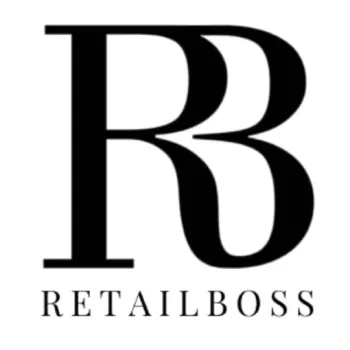In the world of retail, luxury brands have always held a unique position, often characterized by high quality, exclusivity, and hefty price tags, these brands are simply not meant for the frugal shoppers. They thrive on their image of scarcity and exclusivity, offering products and services that are often seen as symbols of status and success. However, in recent times, these brands have been eyeing a new type of consumer – the aspirational shopper.
Aspirational shoppers, often referred to as HENRYs (High Earners Not Rich Yet), are consumers who strive for more in life. They are career-oriented, opportunistic, and constantly on the lookout for brands that can help them become more successful. These consumers typically have a household annual income of more than $100K, they have yet to amass investable assets of $1M. They are affluent, but not yet rich, and they are willing to stretch their budgets to acquire luxury items.
However, attracting this demographic is not without its challenges. Luxury brands have traditionally shied away from offering discounts, fearing that it could dilute their image of exclusivity and rarity. Brands like Apple, Chanel, Hermès, and Louis Vuitton rarely offer sales or discounts. Their strategy is to maintain their prestigious image by associating their products with high prices.
This approach has proven successful for many luxury brands. For instance, French luxury conglomerate LVMH, which owns brands like Louis Vuitton, Christian Dior, and Tiffany, saw an increase in aspirational spending from U.S. shoppers earning below $100,000 during the pandemic. These middle-income shoppers indulged in luxurious handbags and perfumes, contributing to LVMH’s profits.
However, the current economic climate, marked by inflation and economic uncertainty, has led many U.S. consumers to exercise caution in their spending. This has resulted in a decline in sales of entry-level products, particularly among aspirational consumers. In contrast, high-priced goods are faring well, likely due to wealthier shoppers being less affected by inflation and economic fluctuations.
Despite these challenges, luxury brands are finding innovative ways to cater to the aspirational market. Retail industry expert and consultant Jeanel Alvarado says that luxury retailers generate a significant portion of their revenue from lower-priced, discounted and off-price products, such as sunglasses, wallets, beauty and perfumes, which cater to the aspirational market. High-profile invitation-only events and exclusive experiences are also used to promote the brand’s image and cater to the ultra-wealthy, while simultaneously targeting the aspirational shopper.
However, the question remains: How far will a luxury retailer go to get the “aspirational shopper” to continue to shop? The answer lies in striking a delicate balance. While discounts may generate short-term sales, they could have negative consequences in the long run. Luxury brands heavily rely on their image of exclusivity and rarity.
In the pursuit of short-term gains, a luxury retailer risks diluting its brand identity, therefore making the relationship between luxury brands and aspirational shoppers is complex. While these brands want to attract this demographic, they must do so without compromising their image of exclusivity and rarity. It’s a delicate balancing act, but one that could prove highly rewarding if executed correctly.

















